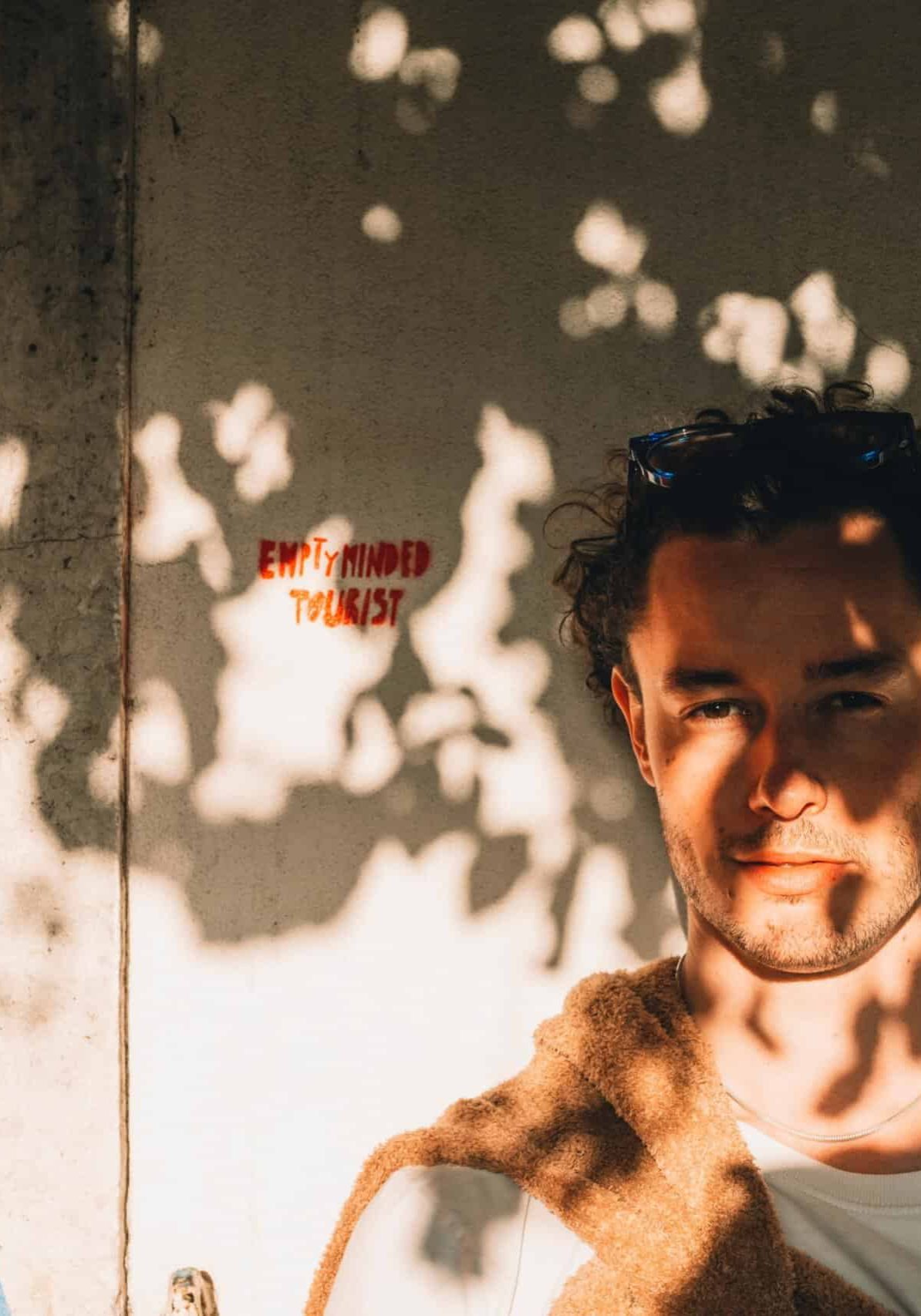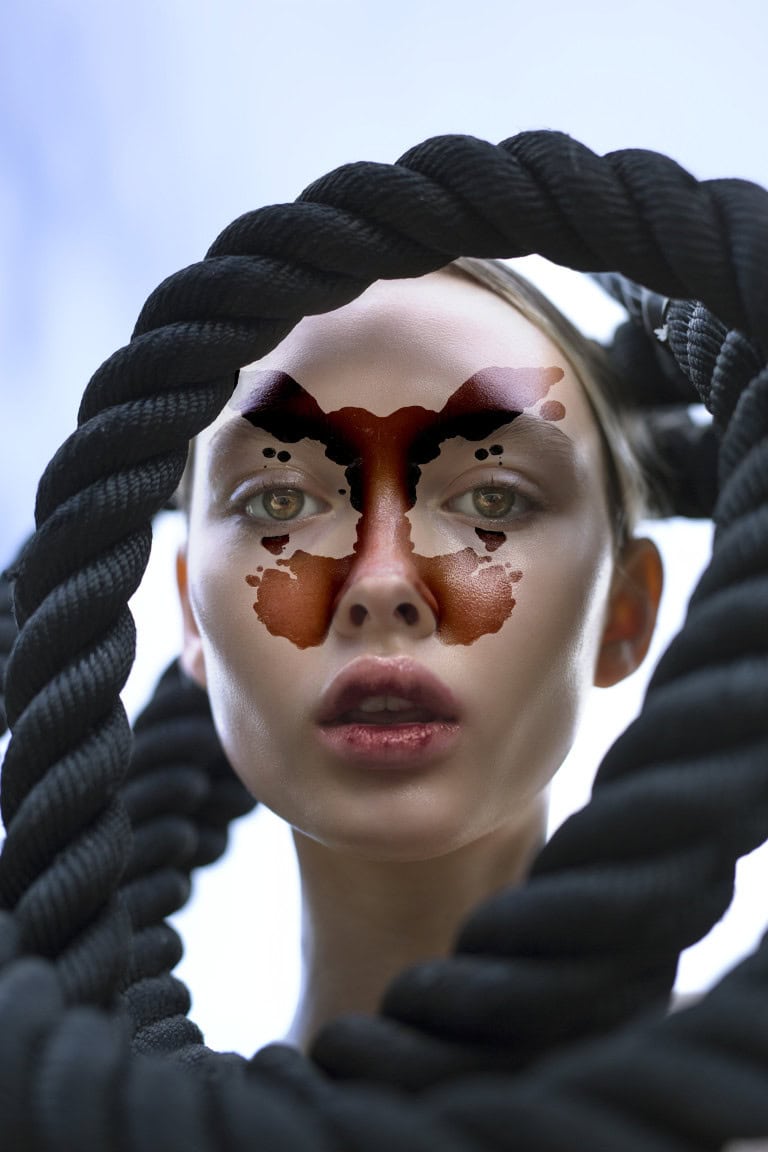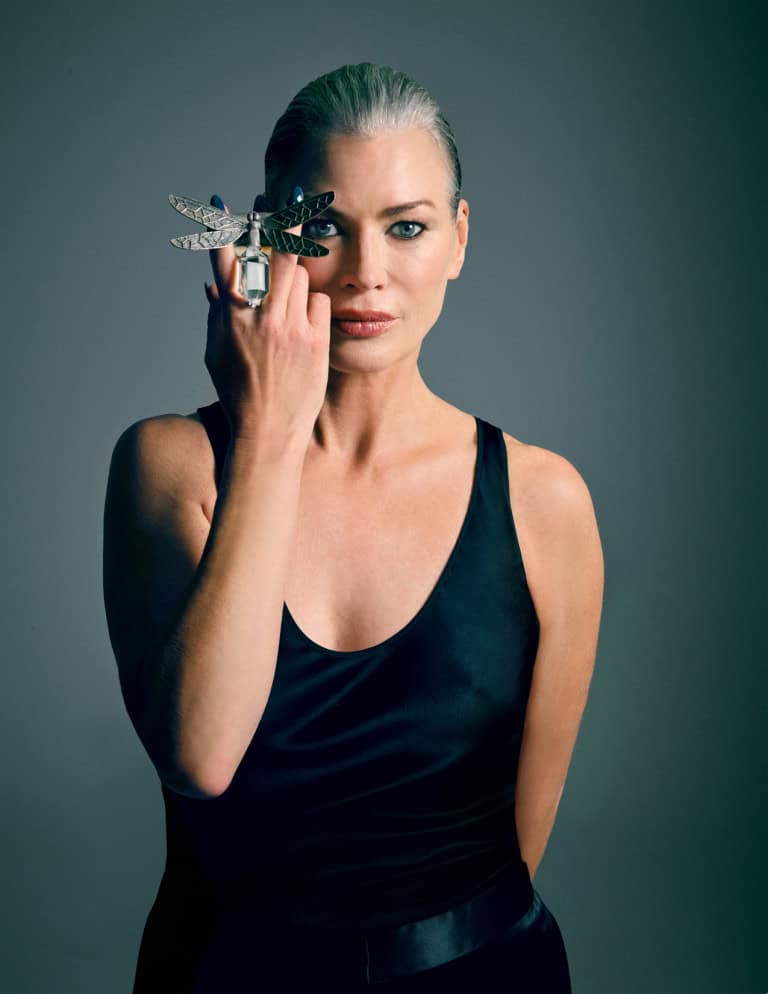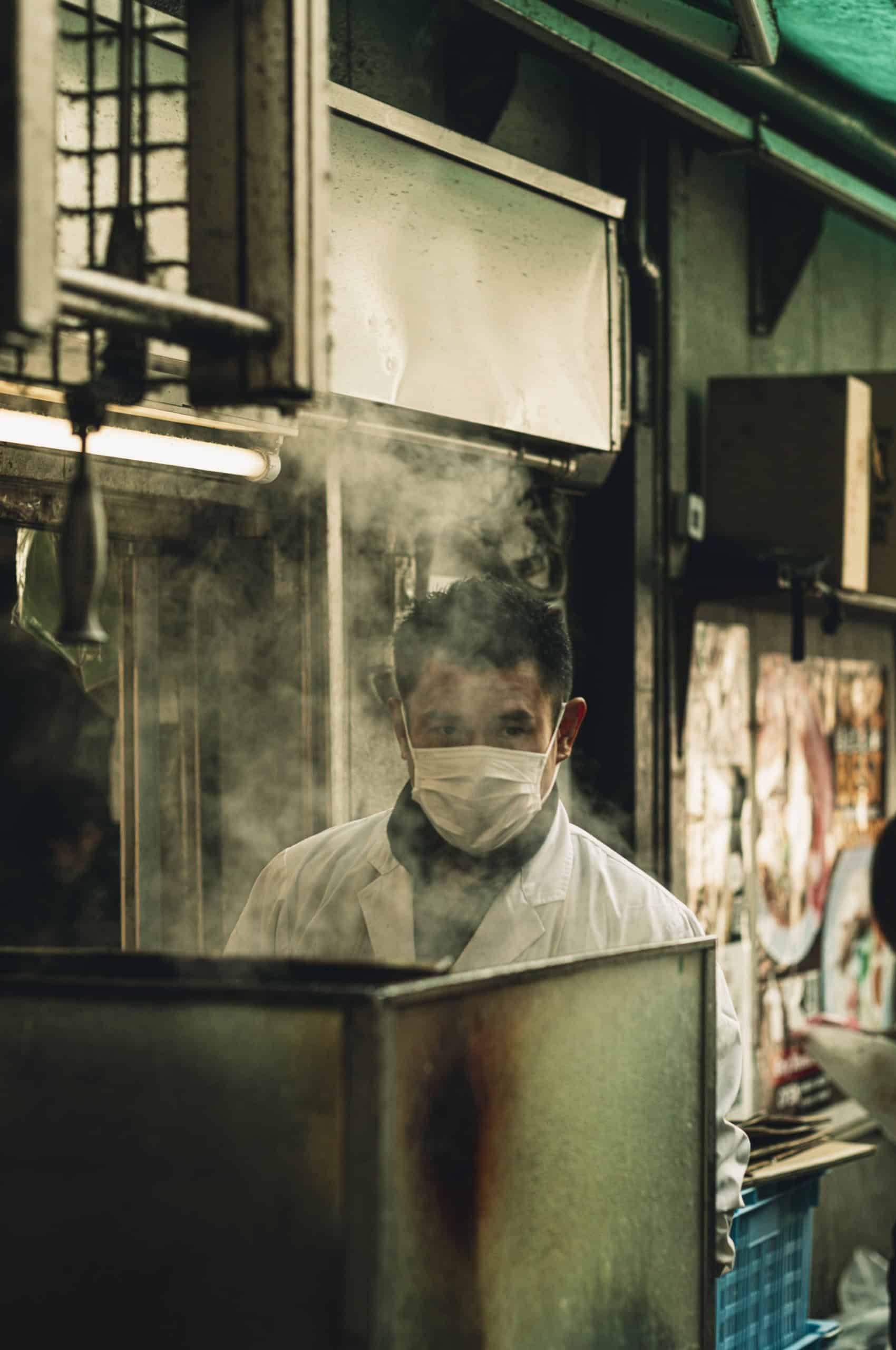
日本料理是“超越味觉”
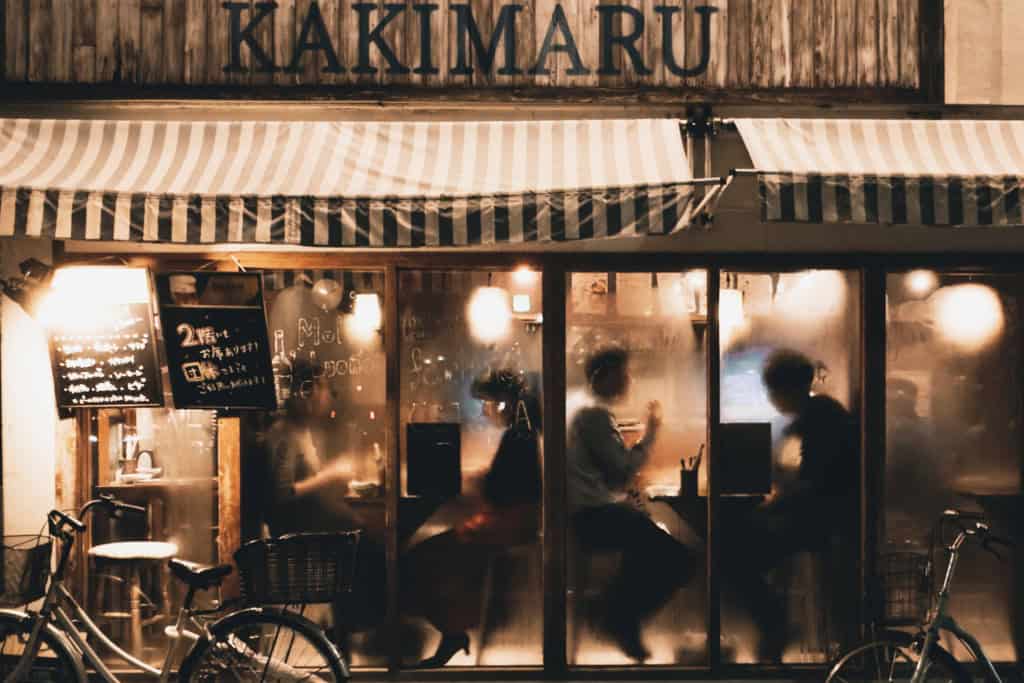
在日本,成为一名厨师不仅仅是一份工作——这是一种终身的承诺,在社会上受到深深的尊重。这种专注在日本料理中尤为明显,精确、传统和艺术性至关重要。许多厨师从学徒开始,花费多年时间在经验丰富的大师手下工作。一开始,他们的日常充满了基本任务:清洁、准备食材,并仔细观察老师的工作。他们一步一步地学习,通常需要等待多年才能被信任独立为顾客准备菜肚。
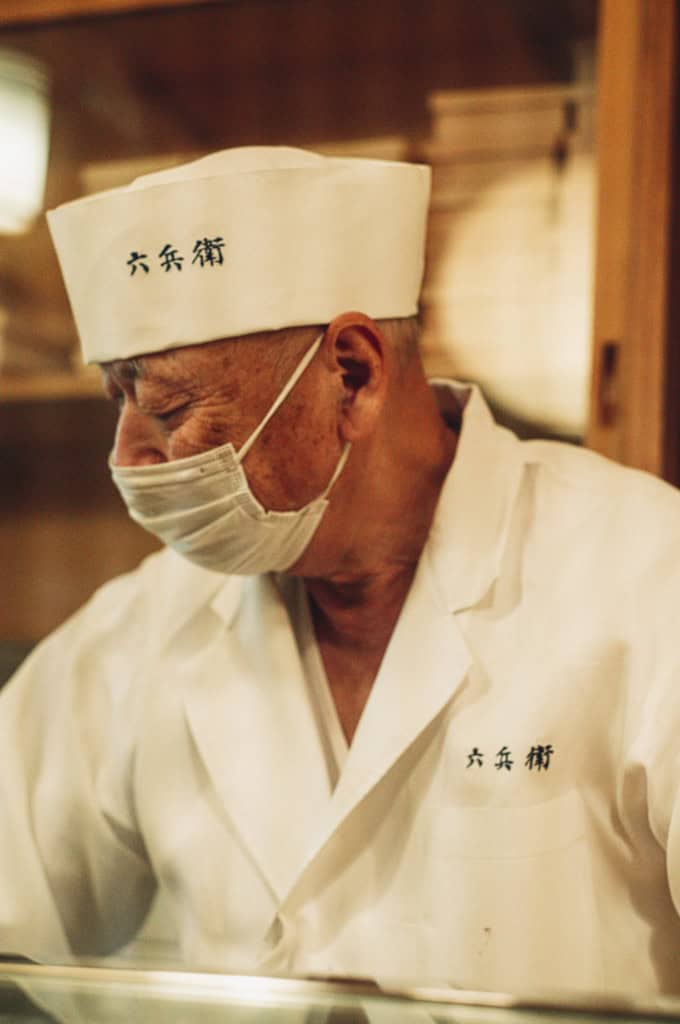
每个细节中的完美:
这些被称为匠人的厨师,体现了对完善其工艺的专注——这一概念被称为こだわり。こだわり是对每个细节的卓越追求,无论是选择最好的食材,掌握精确的技巧,还是在每道菜中创造和谐。他们不急于完成;相反,他们坚持以正确的方式做事。随着时间的推移,这种做法为这些厨师赢得了日本社会的深深尊重,他们被视为耐心、勤奋和对质量自豪的象征。

精通一道菜:
在许多传统的日本餐厅中,厨师专注于一种特定的菜品,如寿司、拉面或天妇罗。这种单一的专注允许他们真正地致力于掌握所选择的技艺,并随着时间的推移不断完善他们的技能。通过专注于一个特色,厨师们可以探索该菜品的细微差别,并不断寻求改进。来到这些餐厅的顾客会欣赏这种专注,因为他们知道自己正在品尝由专注于该特定菜品的人制作的食物。
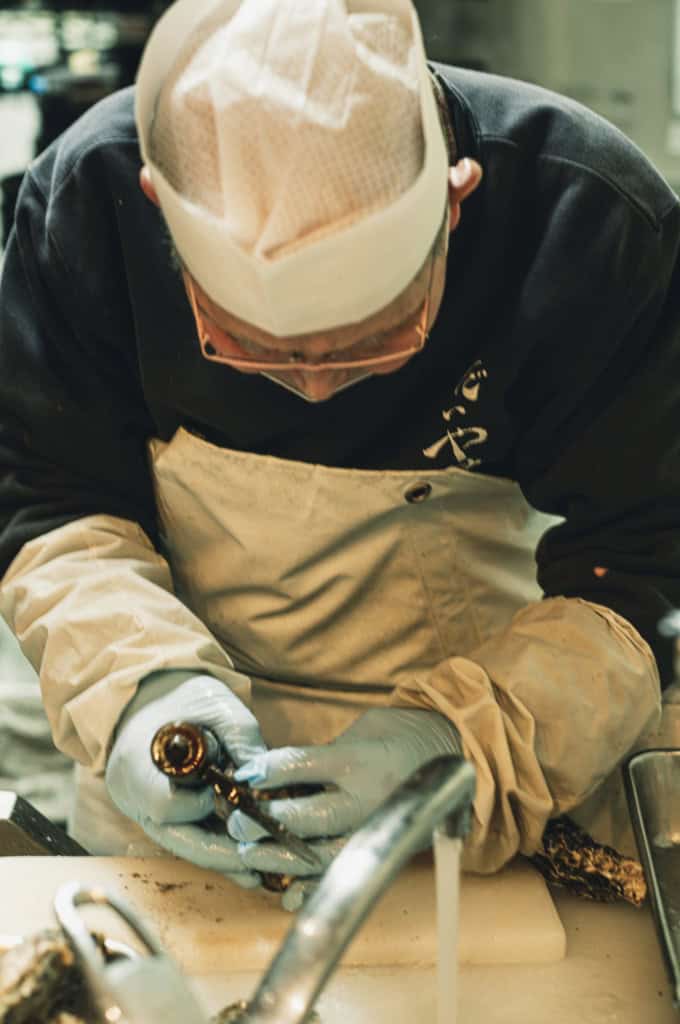
陶瓷的作用:
在日本料理中,呈现也是至关重要的,而陶瓷的选择扮演着重要角色。盘子、碗和杯子通常是手工制作的,有时专门为某道菜而制作。许多陶瓷来自滋贺地区,该地区以其熟练的陶艺匠人而闻名。每件作品都经过精心挑选,以补充食物,增强其颜色、质地,甚至每一口的感觉。陶器与食物本身一样注重细节,将用餐变成一种全面的感官体验。

不仅仅是一顿饭:
在传统的日本餐厅用餐不仅仅是吃饭;这是与多年训练和奉献相遇的体验。每道菜都反映了厨师的旅程,从仔细切鱼到精心摆盘。顾客来不仅仅是为了吃饭,而是为了欣赏每顿饭背后的努力。
在日本,由匠人准备的一顿饭远不止是食物。它是与奉献传统的联系,在这里每个细节都很重要,追求卓越而不走捷径。这就是使日本料理独特的原因——不仅仅是味道,还有厨师每天为他们的工艺带来的技能、关心和尊重。
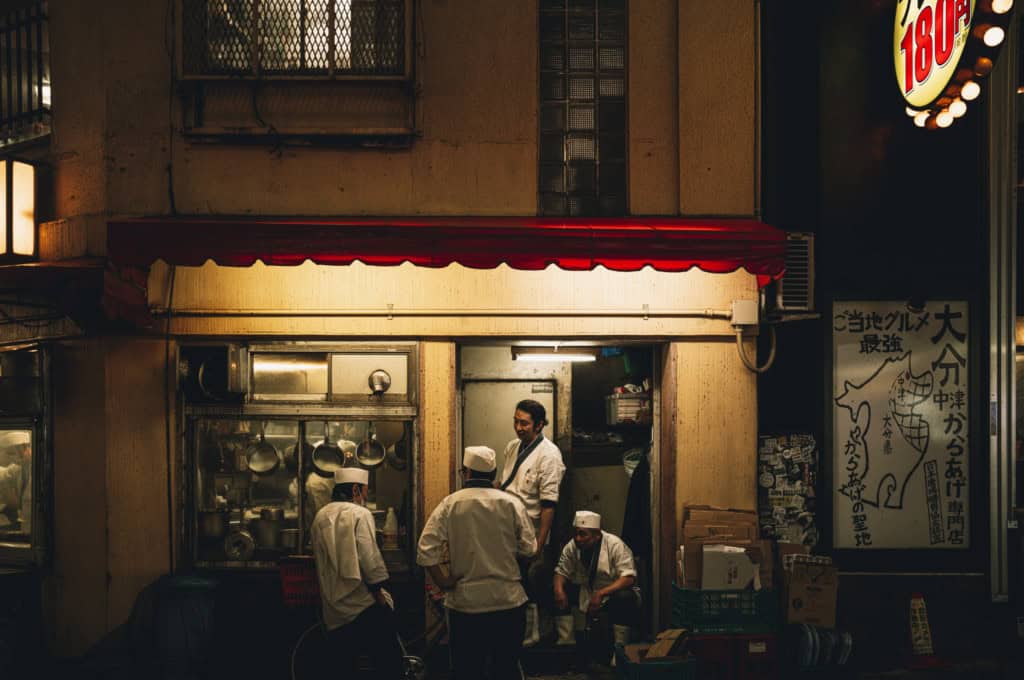
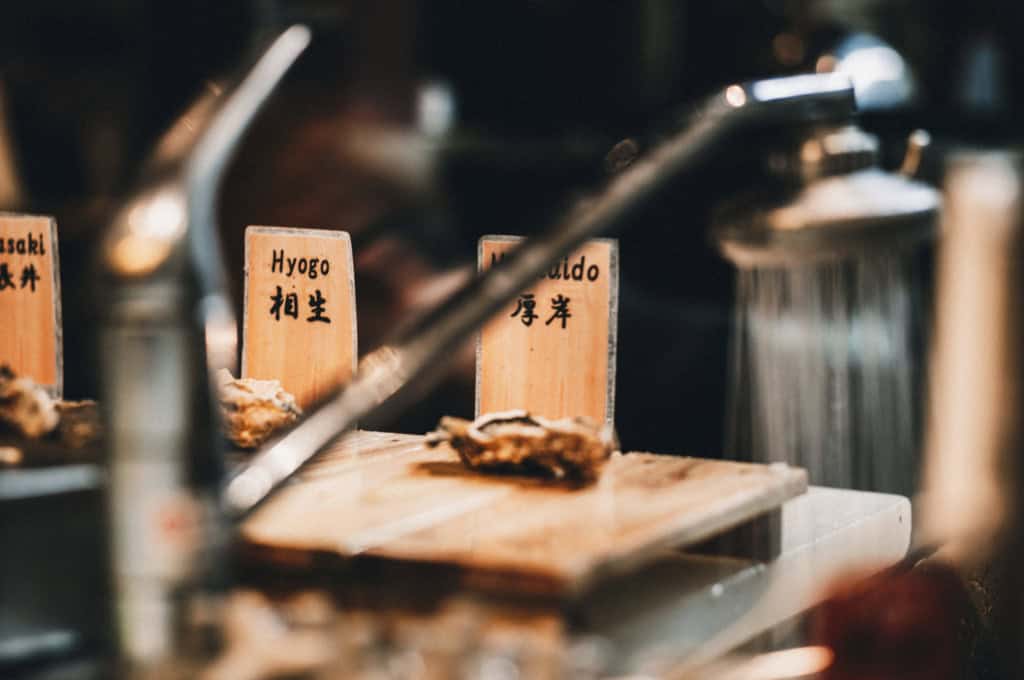
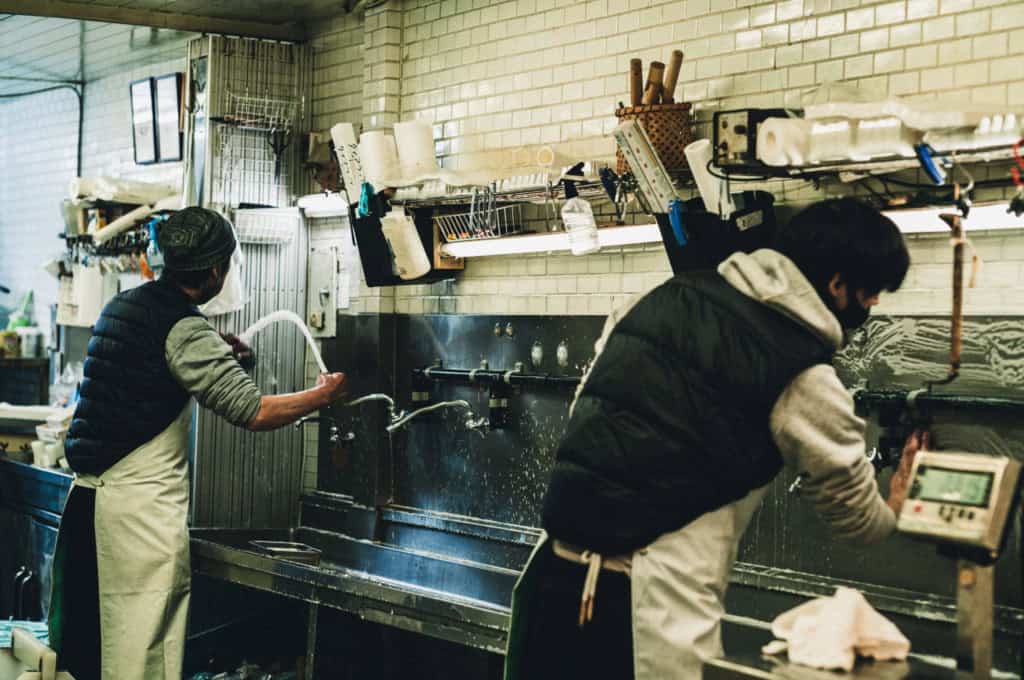

文章作者:Andreas Stelzer
分享这篇文章
Growing up in the south of Munich, I was drawn out into the world at an early age, yet I always remained loyal to my hometown. I went on my first big trip to Southeast Asia when I was 20. At that time, I took my first SLR camera, which I received as a gift at the age of 13. In retrospect, I can say that I discovered my passion for street photography during those three months. Shortly after, I started studying architecture at the TU Munich and lived in Rio de Janeiro for seven months, until the beginning of the 2020 pandemic. At the end of July 2021, after my bachelor's degree, I bought a new camera because I wanted to take more photos again. Almost two years later to the day, I held my first exhibition on street photography.
When I walk through the streets with my camera, whether it's Munich, Istanbul, Rio or Venice, I can switch off incredibly well and am in the moment. I manage to block out everything around me and get into the situations I'm observing. I have time for myself and time to think, organise my head and tidy up a bit. Like a retreat that is not a place, but always in motion. The camera itself, literally gives me a hold, it acts as a tool for communication, but sometimes also as a deterrent. People approach me or deliberately turn away, this constant exchange, be it just a glance or a conversation that develops from it, opens the door to cultures that would otherwise remain closed to me.
下一篇

